The Be Quiet! Pure Rock 2 FX CPU Cooler Review: For Quiet Contemplation
by E. Fylladitakis on August 8, 2023 8:00 AM EST- Posted in
- Cases/Cooling/PSUs
- be quiet!
- CPU cooler
- ARGB
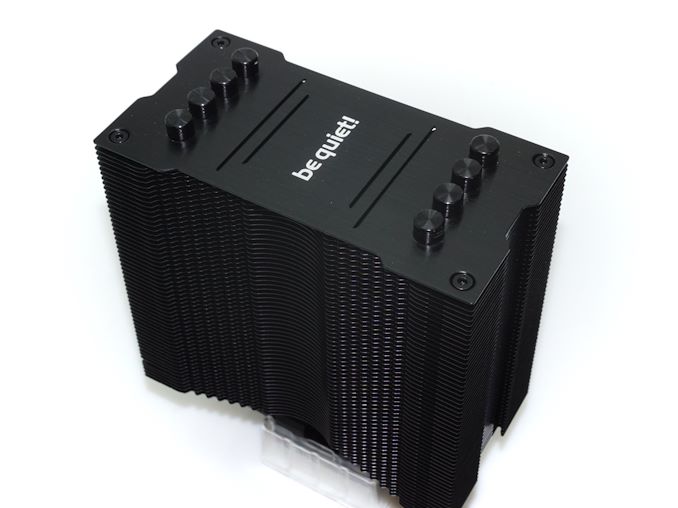
While stock CPU coolers do serve their intended purpose, they aren't designed for much more – they're good enough, cheap enough, and that's about it. Which is fine for the rank and file office PCs of the world, but as we move up to the realm of high-end desktop processors, we're now talking about chips that can pull 150+ Watts when turboing. Modern, high-end CPUs will essentially will turbo as hard and as long as their cooling systems will allow, making sustaining those clockspeeds critical to getting the best performance out of a system.
As a result, there's a sizable market for higher-performing coolers, offering lower temperatures, less noise, or more often both at the same time. The extra headroom afforded by a good cooler means that advanced users and system builders rarely ever rely on a stock cooler, allowing for a surprisingly diverse and large market for aftermarket coolers – one that become a battleground for manufacturers vying to provide the most efficient cooling solutions at competitive prices.
For today's review, we are taking a look at the Pure Rock 2 FX from one of the industry's better known vendors, the aptly-named and acoustics-focused Be Quiet! One of the company's latest CPU air coolers, the Pure Rock 2 FX is intended to compete in the packed mainstream cooler market as a competitively priced all-rounder. Always a careful balancing act for cooler vendors, the mainstream market lives up to its name by being where the bulk of sales are, but it's also the most competitive segment of the market, with numerous competing vendors all chasing the same market with their own idea of what a well-balanced cooler should be. So a successful cooler needs to stand out from the crowd in some fashion – something that's no easy task when all of them are beholden to the same laws of physics.
So does Be Quiet's latest cooler have that exceptional factor to make it memorable? We will see where the Pure Rock 2 FX stands in this review.
| Be Quiet! Pure Rock 2 FX CPU Cooler Specifications | |||
| Type | Tower Cooler | ||
| Dimensions | 87 x 121 x 155 mm (with fan) | ||
| Fans | 1 x 120 mm "Light Wings" Fan 2000 RPM (max) |
||
| RGB | Yes (ARGB) | ||
| Supported Sockets | Intel: LGA1700, LGA1200, LGA115x AMD: AM5, AM4 |
||
| Warranty | 3 Years | ||
| Price | $53 | ||
Packaging & Bundle
We received the Pure Rock 2 FX in an elegant black cardboard box, which is typical for most of Be Quiet!’s products. Few details and essential information regarding the cooler are printed on the sides and rear of the box but there is a QR code that leads to detailed information. The box is sturdy enough and the cooler is protected by a combination of cardboard and foam inserts, warranting safe delivery.
Inside the box we found nothing more than the mounting hardware and instructions, making it one of the most frugal bundles we have ever seen. The mounting hardware allows for installation on both currently available Intel (1700 / 1200 / 2066 / 1150 / 1151 / 1155 / 2011(-3)) and AMD (AM5 / AM4) processors.
The Be Quiet! Pure Rock 2 FX CPU Cooler
In terms of size and shape, the Pure Rock 2 FX is a typical tower CPU cooler design, with four 6 mm heatpipes transferring the thermal energy from the base to the sizable fin array. From base to top, the Pure Rock 2 FX is 155 mm (6.1in) tall, making it compatible with standard ATX cases.
A closer inspection reveals that the body of the cooler is asymmetric, with the fin array misaligned in relation to the base of the cooler. This design prevents the cooler from blocking any of the memory slots, allowing RAM modules of any height to be installed and permitting access to the slots at all times. A thicker aluminum cover can be seen at the top of the fin array.
Almost the entirety of the cooler is coated with satin black paint, with the paint job being immaculate. There are round aluminum caps at the end of every heatpipe, also sprayed with the same paint. The paint job will also protect the copper parts of the cooler from oxidation which would severely degrade the appearance of the cooler in the long run. Only the base of the cooler is left unpainted, which needs to come in direct contact with the processor’s integrated heat spreader.
The base of the cooler is small, but not as simplistic as we are used to seeing on typical tower designs. Be Quiet! made the base into a small heatsink of its own, which definitely is not going to make a substantial performance difference but it surely dissipates a little bit of thermal energy, upping the overall performance of the cooler even if by a tiny bit. The heatpipes come into direct contact with the CPU IHS and the cooler comes with a pre-applied pad of thermal paste. Enthusiasts may dislike the notion of pre-applied paste, but it greatly reduces the possibility of beginner errors, which can be plenty within the target group this cooler is aimed at.
One of the most prominent highlights of the Pure Rock 2 FX is the 120 mm Light Wings fan. As its name suggests, it essentially is a Silent Wings series fan with additional LED lighting. Be Quiet! took a different approach regarding the implementation of lighting, keeping the all-black frame and fins and installing an illuminated ring with 18 addressable RGB LEDs on the frame instead. The downside here is that the fan only has an ARGB (5V) connector that needs to be connected to a compatible motherboard header, or the lighting will not function at all. The fan itself has a rifle-bearing engine that lowers noise output significantly and a maximum speed of 2000 RPM.


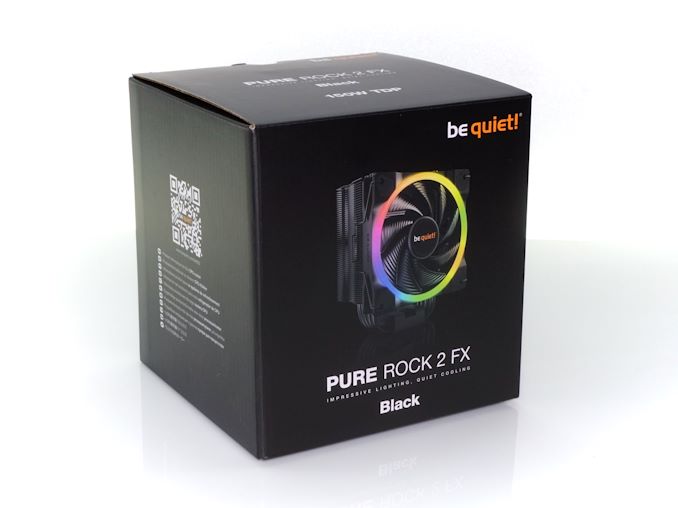

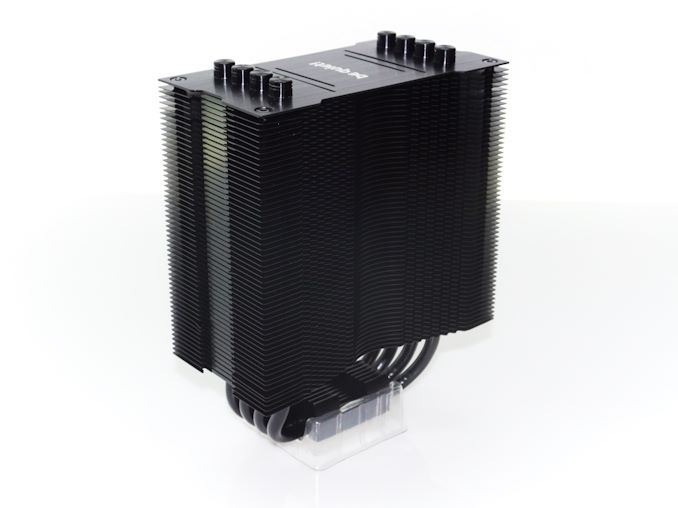

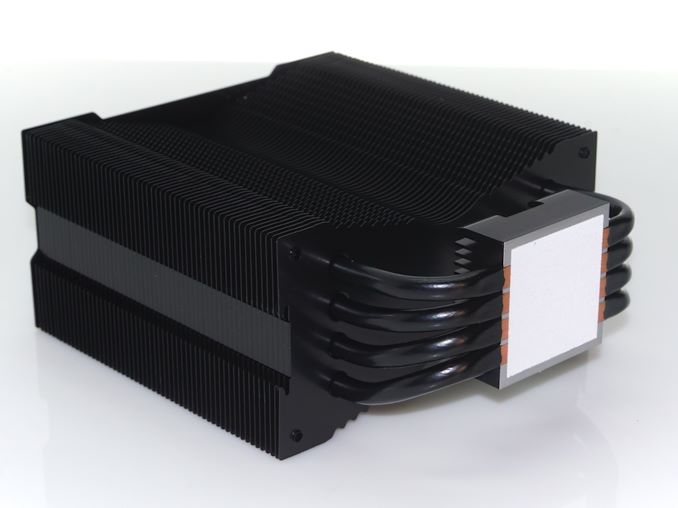
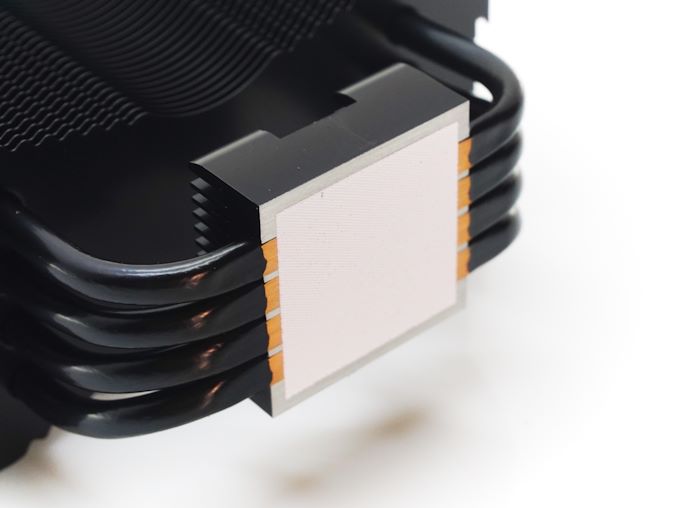
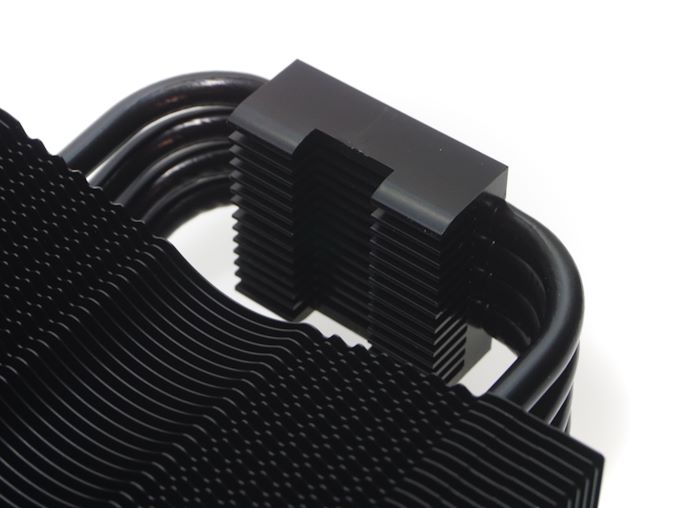
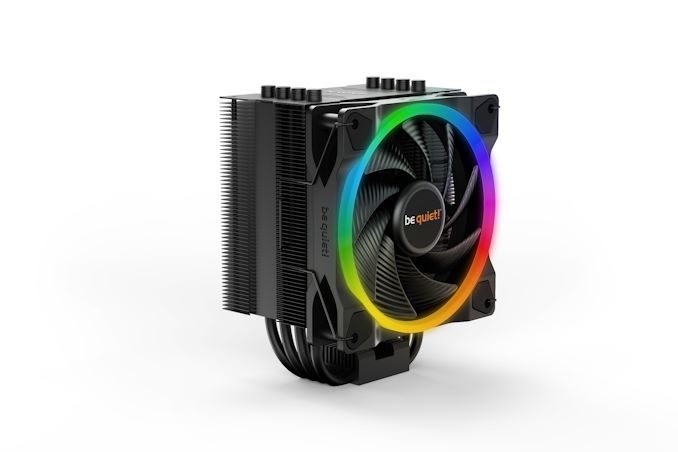
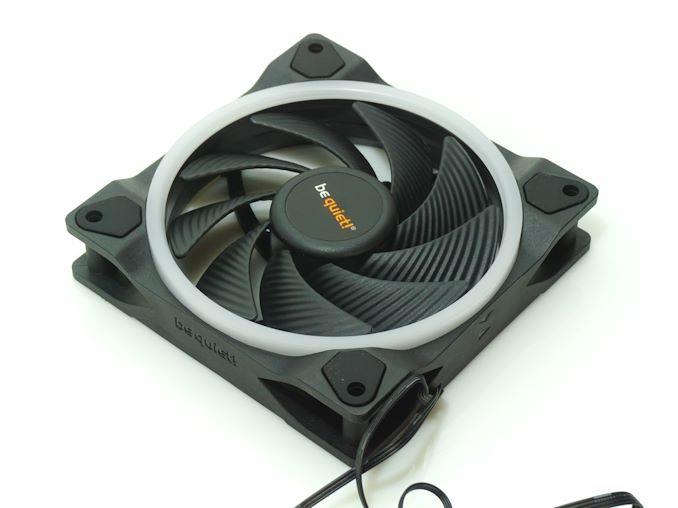
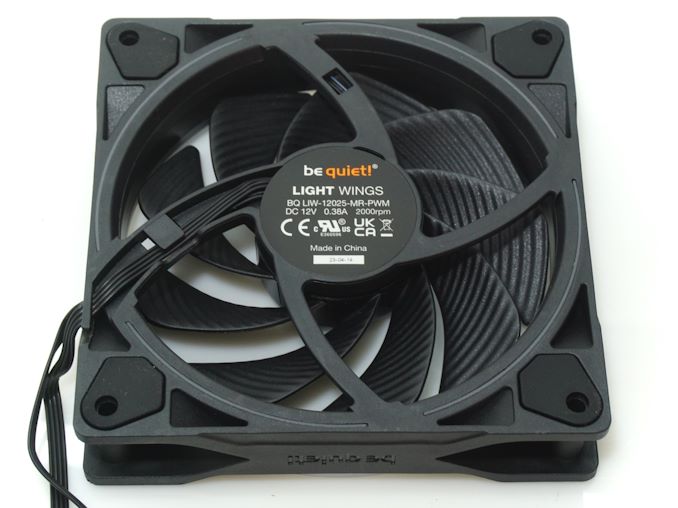








32 Comments
View All Comments
meacupla - Wednesday, August 9, 2023 - link
Direct touch heatpipes have their downsides.The heatpipes need to make even contact over all the hot spots to be most effective. On Anandtech's test bench, this downside is unlikely to show up. This is more likely to happen on AMD chiplet CPUs, where the hot-spot is off-center.mode_13h - Friday, August 11, 2023 - link
If AMD had brought their vapor chamber IHS to market, that should virtually eliminate hotspots, making direct-touch heatpipes ideal. It'd be just like we see in high-end GPUs that integrate vapor chambers, and we all know how much heat those can dissipate!charlesg - Wednesday, August 9, 2023 - link
I have a Noctua on my 5950X. Very pleased with it.Their customer service is out of this world, too!
At one point I wanted to add more memory to my system, only to find out the pipes from the cooler were in the way. So I emailed them.
They sent me a new bracket that would allow me to have the pipes a different direction. From Germany. Complete with shipping notification in German. For free!!!
Samus - Thursday, August 10, 2023 - link
I've had my D15 since ~2015 and recently had to have them send me the bracket for socket 1700. They did so 2-day mail for free. I still have the original 120mm fans on it too. I cleaned them when I rebuilt the PC with the new board\CPU and they still work perfect. The D15 and my PCP&C power supply are the oldest components (my PSU is even older - from 2008) and they still work.Threska - Tuesday, August 8, 2023 - link
"Modern, high-end CPUs will essentially will turbo as hard and as long as their cooling systems will allow, making sustaining those clockspeeds critical to getting the best performance out of a system."Increase chances of a crash as well. Some being the silicon lottery.
mode_13h - Tuesday, August 8, 2023 - link
One benefit you supposedly get from buying Xeon CPUs is that they are qualified with extra margins, to ensure stability.Since I can no longer afford any of the Xeons or the platform they require, I will try to get by with running a mainstream Core-series CPU on a restricted power budget. And ECC RAM, of course.
Sivar - Wednesday, August 9, 2023 - link
You can always use an AMD CPU. In this generation, their CPUs use half the power. Intel is now playing the old AMD game of overclocking their own CPUs to ad absurdum just to keep up with their competitor.blzd - Friday, August 18, 2023 - link
DDR5 has built in ECC on consumer level I believe.tygrus - Monday, August 21, 2023 - link
Standard DDR5 has ECC on chip protecting from random 1bit per byte flips while data is at rest. It doesn't cover the signal integrity between CPU & RAM.Reg ECC DDR5 for servers provides the extra protection of data in transit in addition to protecting data at rest.
mode_13h - Thursday, August 24, 2023 - link
@tygrus, you mention "Reg ECC DDR5", but it's also available unbuffered.The main downside of ECC DDR5 DIMMs is that you now need 25% more DRAM chips than non-ECC, due to the bifurcation of the DIMMs into 2 32-bit subchannels, yet each still having 8 bits of ECC.